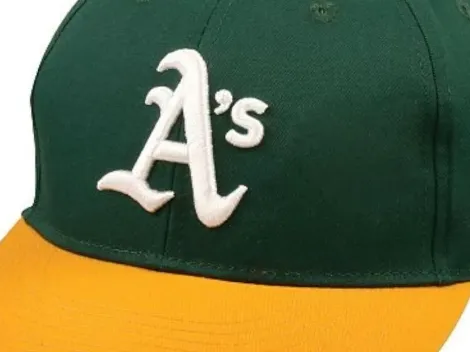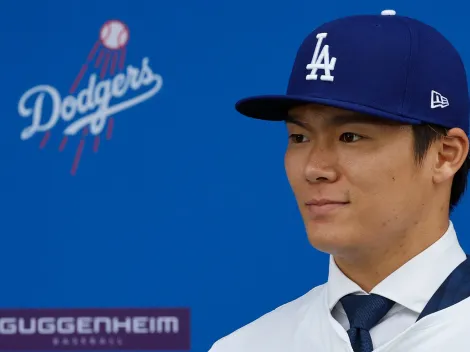Baseball, unlike most sports, is played on a daily basis. Moreover, teams could even play double-headers two days in a row, and something like that has to take a massive physical toll on its players.
That’s why you often see so many substitutions during every Major League Baseball game. Not only because of strategy and tactics but also because of the physical burdens every player must endure.
Making an MLB roster is no easy task if you consider the fact that there areroughly 1,000 players at the team’s disposals before the start of the season if you count all Minor League and farm systems plus the active roster. But, just how many players are on a team throughout the season?
How Many Players Are On A MLB Team?
Well, all MLB teams have a 40-man roster before the start of the season. However, they can only have 26 active players simultaneously, while the other 14 players are reserves in the case of injury or a transaction. Then, teams that make the postseason can add up to 2 more players:
(Transcript via Major League Baseball)
“In a typical season, a club’s 26-man roster is its full roster of active Major League players from Opening Day through Aug. 31, and during the postseason. From Sept. 1 through the end of the regular season, all clubs must carry 28 players. (…) All players on the 26-man roster must also be on the 40-man roster. Teams are required to have a minimum of 25 players on their 26-man roster.
The number of pitchers a club can carry on the active roster is capped at 13 (14 from Sept. 1 through the end of the regular season). To adhere to that rule, clubs will have to designate each player as either a pitcher or a position player prior to each player’s first day on the active roster for a given season. That designation cannot change for the remainder of the season.”
So yeah, making an MLB roster is quite the predicament. And contrary to what non-baseball fans tend to believe, you have to be in top-notch physical condition to even stand a chance against all that competition.





